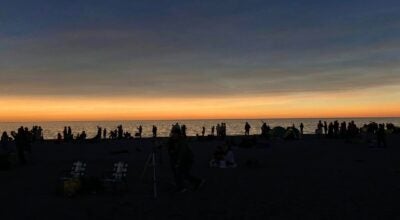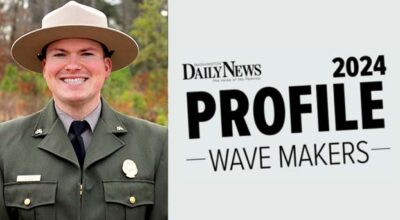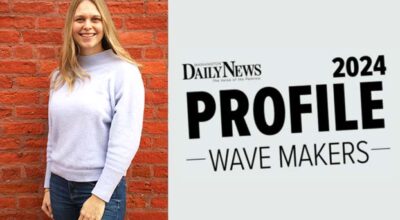Conservation group deploys artificial reef near Bath Creek
Published 6:49 pm Monday, May 9, 2022

- The artificial reef was designed specifically for the local climate and river habitat.
|
Getting your Trinity Audio player ready...
|
|
A 3-D printed artificial reef near the mouth of Bath Creek near Bayview is the newest addition to the Pamlico River. The project is designed to provide a thriving habitat for fish and other marine life and has been eight years in the making. It’s a joint effort between the Coastal Conservation Association of North Carolina (CCA NC) and the North Carolina Division of Marine Fisheries (DMF), and represents a milestone in the use of adaptive infrastructure technology. Raleigh-based Natrx designed and produced the concrete reef modules specifically for the local climate and river habitat. Using a new type of 3D printing technology called “dry forming,” the fabrication process creates naturalistic structures with curved surfaces and textures that are conducive to sustaining aquatic life. The crevices and holes in the sand and cement structures provide refuge for regionally important fish species such as striped bass and speckled trout. “I think it will bring more fishermen to our area, because fish seem to be attracted to those kinds of structures,” Bath Town Manager Bubs Carson said. “Anytime you have folks using our boat ramps, buying fuel and eating in our restaurants, that’s good for our local economy. I also think it will give our local fishermen another option when they don’t want to travel to Morehead City or out into the Sound to fish. The more habitat, the more use.” One hundred reef cubes, each measuring 3′ by 3′ and weighing roughly 1,850 pounds were transported by barge and deployed at the Bayview Artificial Reef site located approximately 100 yards off the shoreline near the mouth of Bath Creek. The materials used in the reef modules are routinely used in marine applications and are known to attract oysters and mussels, as well as crustaceans, invertebrates and other organisms in the food chain. The objective is to improve biological productivity and establish a reproduction reservoir which can revitalize an entire ecosystem. Improving fish stocks also provides an economic boost to the community through increased recreational fishing. The Bayview reef site encompasses 1.8 underwater acres. The reef modules are spaced 10 feet apart in rows, with 40 feet between each row. The spacing allows for multiple boats to fish the area without crowding. The reef is a popular spot for local anglers and these improvements will help ensure the site endures for generations to come. “Our hope is that this is just the beginning of an ongoing partnership with the NC DMF that will result in more habitat improvements in coastal North Carolina,” said Bobby Rice, CCA NC Board VP for Habitat. “We want to do our part to help improve our coastal ecosystem with the construction of more reefs, including oyster reefs and ARs for recreational anglers.” Bayview will be one of 25 estuarine artificial reefs maintained by the DMF. The department’s reef programs receive funding from the North Carolina General Assembly, the U.S. Fish and Wildlife Service Sport Fish Restoration Program, the North Carolina Coastal Recreational Fishing License Grant Program and from private donations. |





